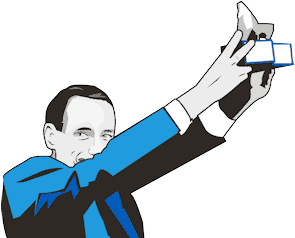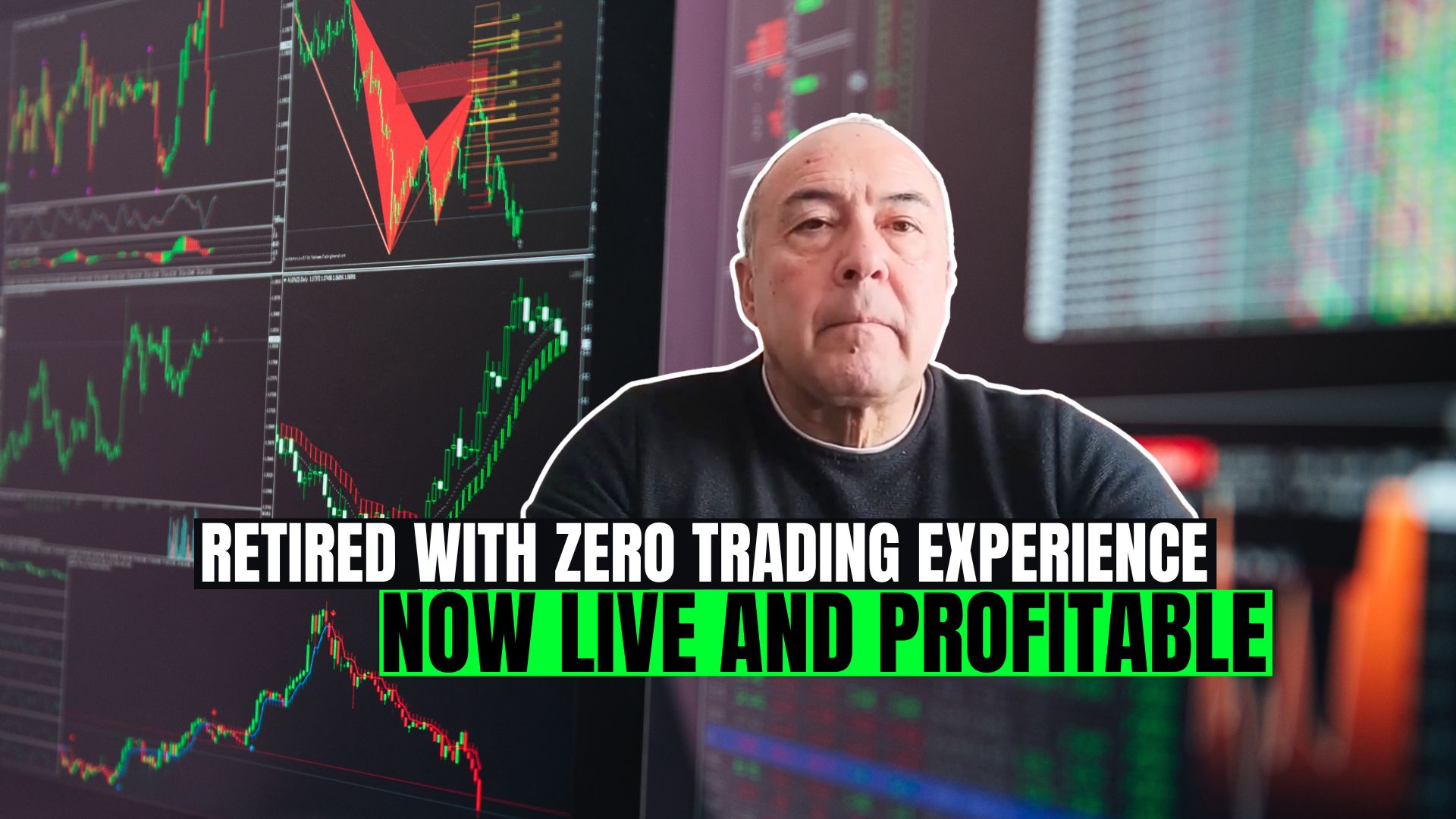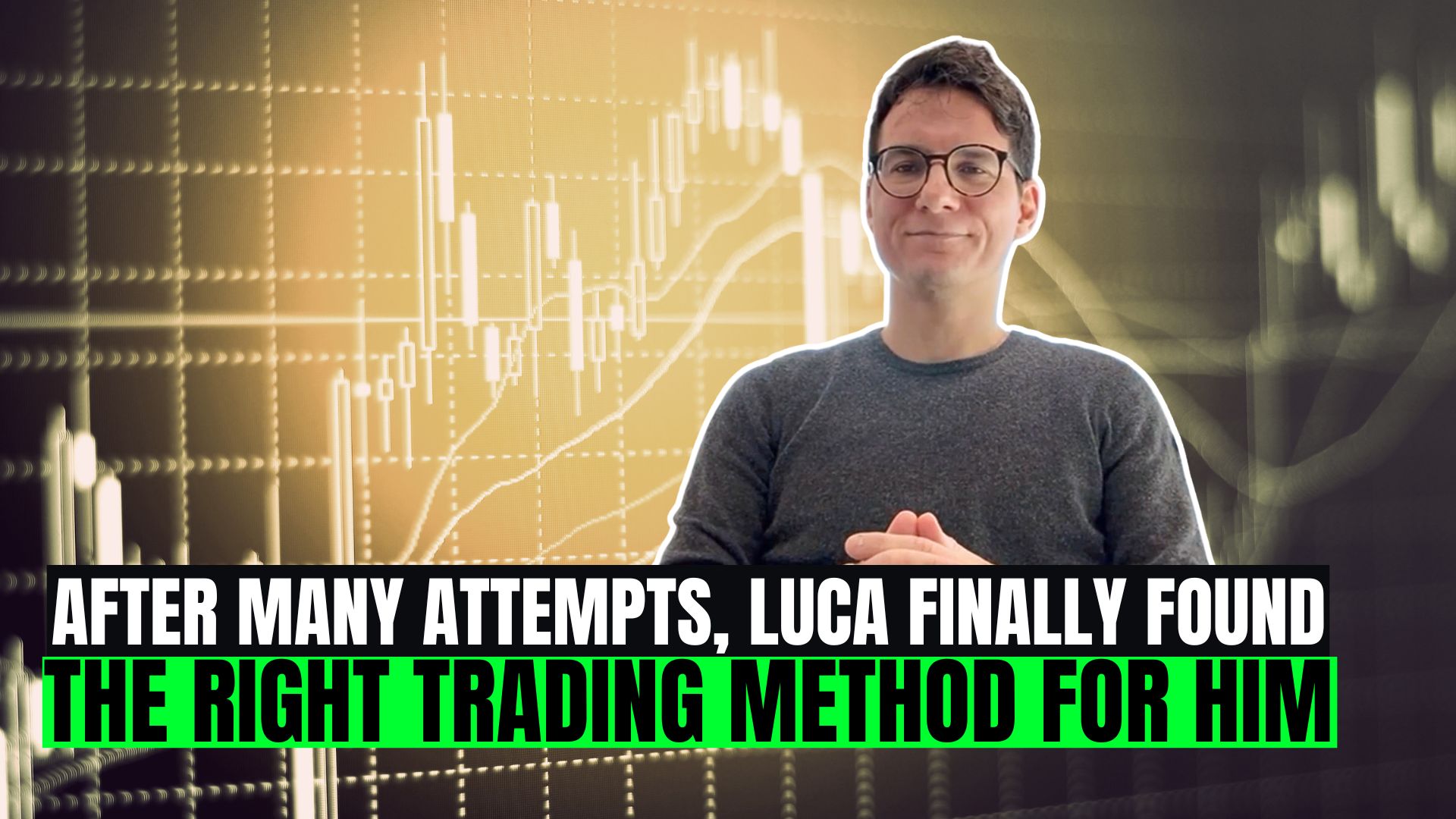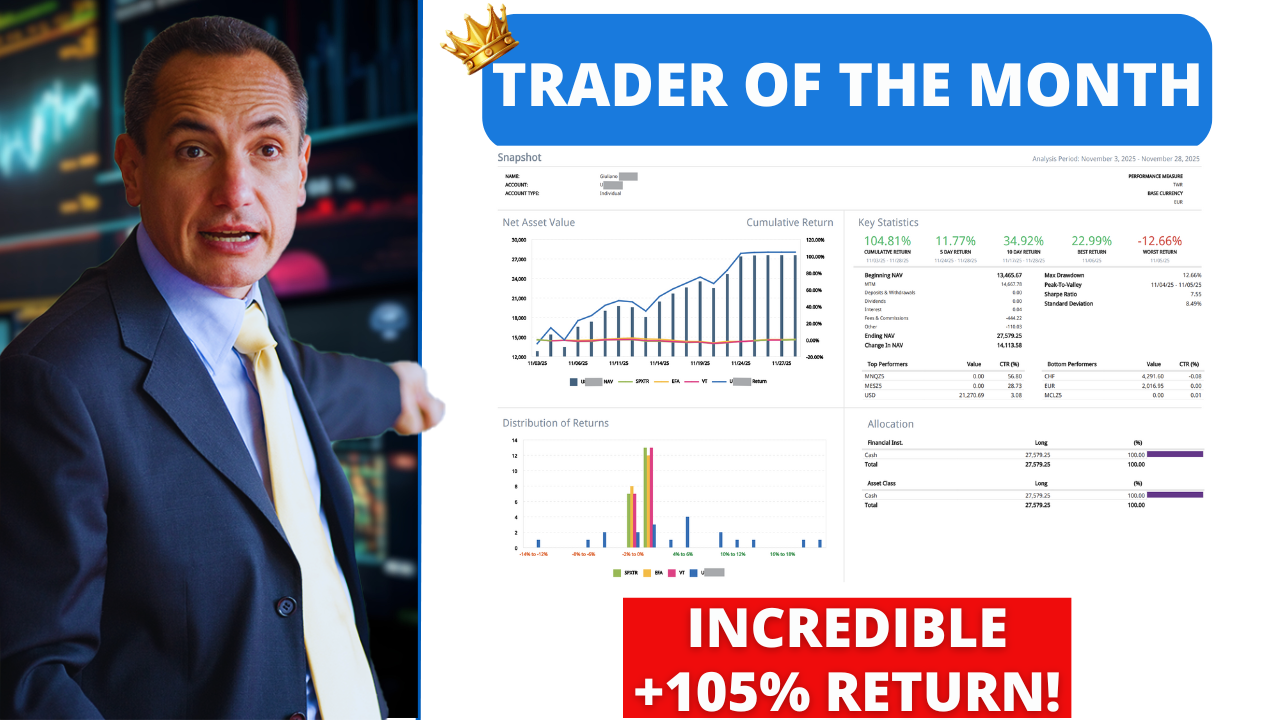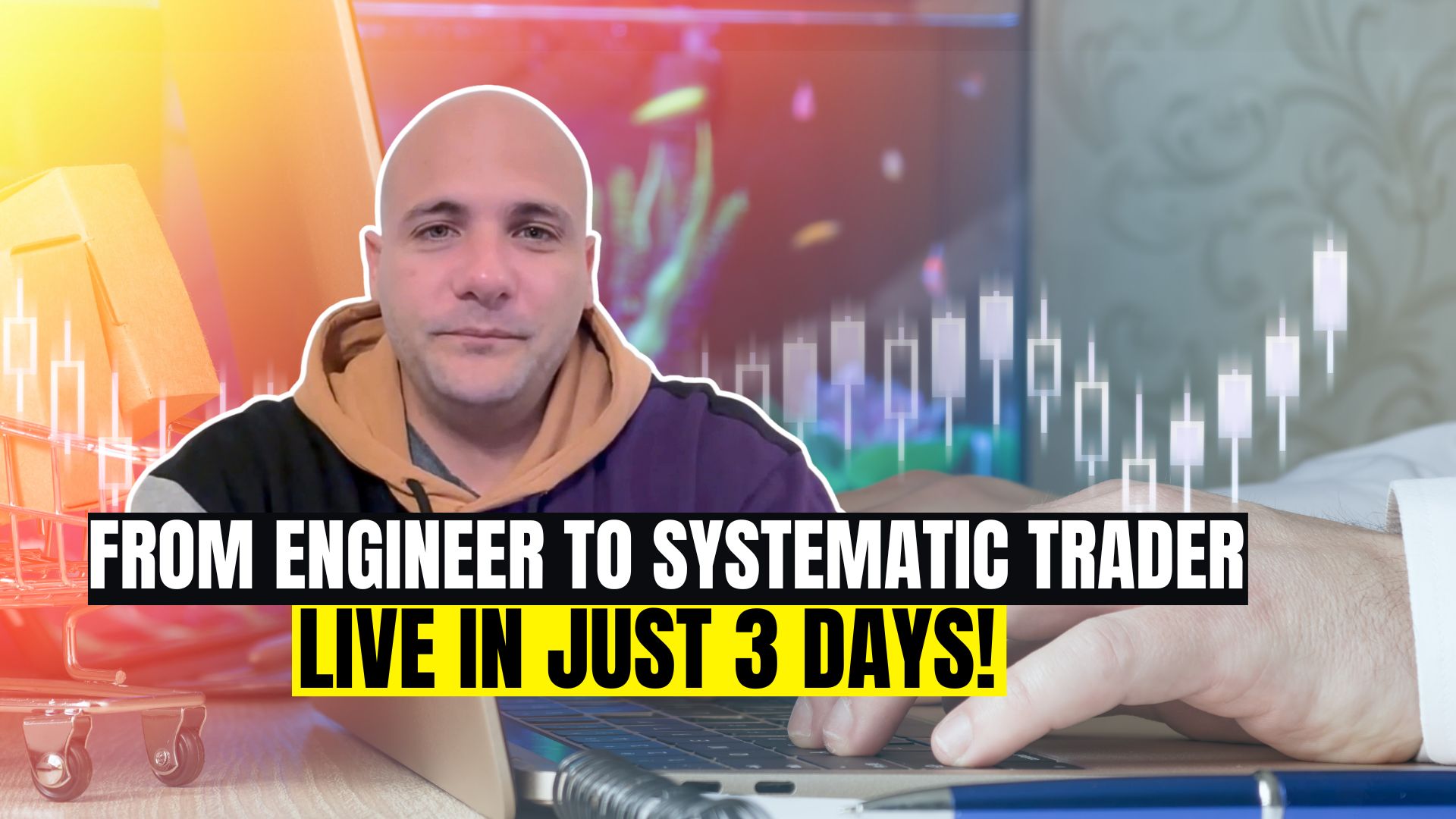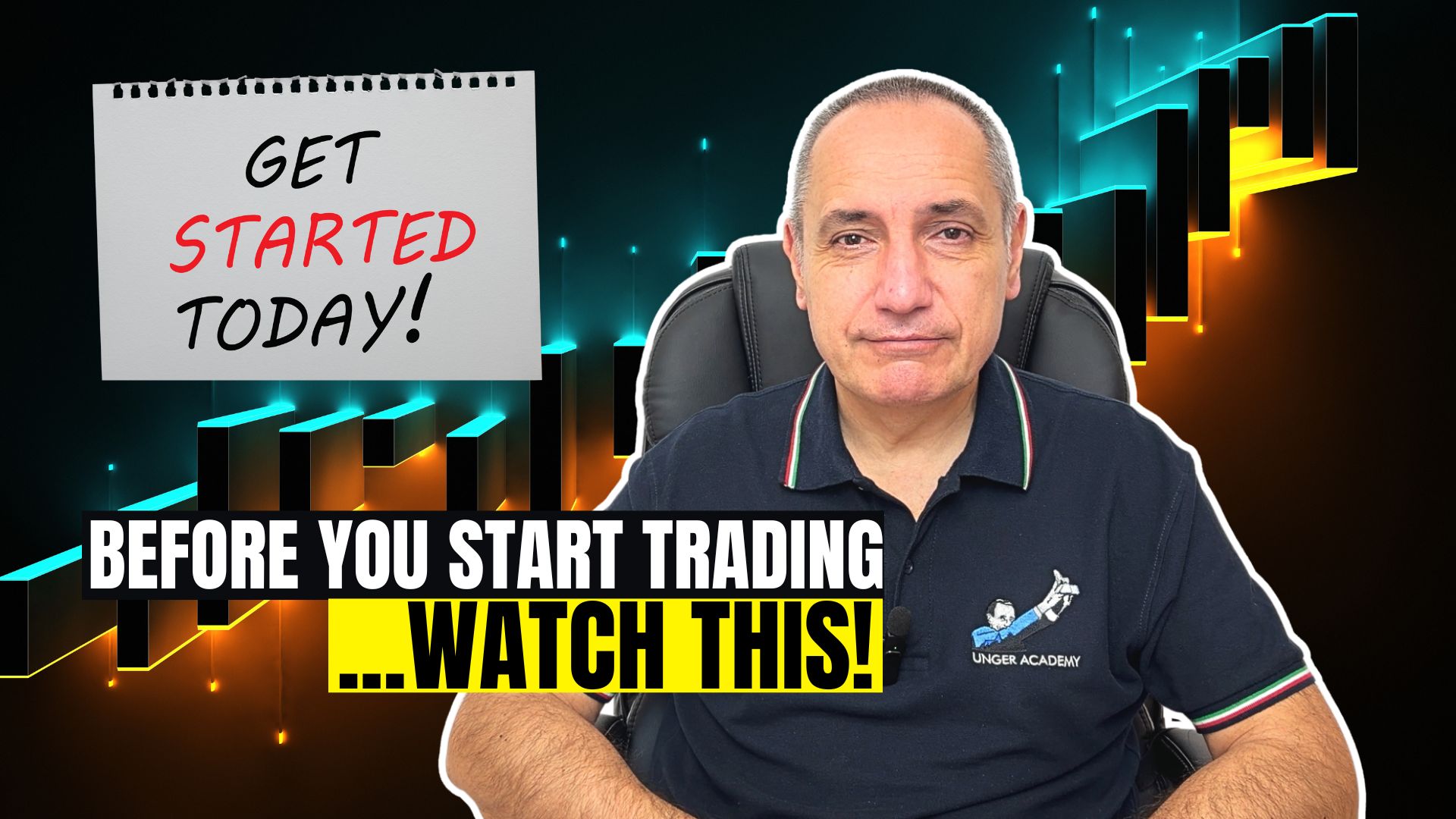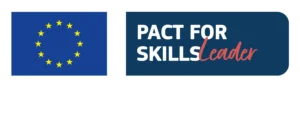Hey everyone and welcome back! So, before we move on, I mentioned earlier that you’re going to hear a lot of technical terms when you start trading. Let’s quickly review a few of them.
Don’t worry though: you’ll find everything explained in detail in the guide, which is much more comprehensive.
In general, there are some technical terms you simply have to get used to, because that’s just how things work in this world.
Think about it: you park your car in the “garage.” You don’t call it a “car storage facility.” You’ve accepted that term because that’s what people say. The same applies to trading.
Long and Short Trades
Let’s start with the term Trade. Of course, it’s part of trading, but specifically, a trade refers to a single transaction, a buy or sell operation.
Technically it means “commerce,” but nobody says “I’m going to do commerce in the financial markets.” You say “I’m trading in the markets.” That’s the common language.
Then you’ll hear Long and Short. Literally, “long” means “going long,” and “short” means “going short.” These terms describe the direction you’re taking in the market.
Long means you’re buying with the expectation that prices will go up so you can sell later at a higher price. Short means you’re selling first, hoping to buy back later at a lower price.
In other words, they express your market bias and the type of position you’re opening based on that expectation.
You’ll also hear people say “I’m long” or “I’m a bull.” Remember the bull from Wall Street? A bull market refers to a rising market.
On the flip side, “I’m short” or “I’m a bear.” A bear market refers to a falling market. Why bulls and bears? Well, let’s not get into the whole story now. Just know that’s the common jargon.
The Drawdown
Next up is drawdown, one of the most important, and honestly, most dreaded, words in trading. Let’s say you’re trading and your account grows. Hopefully. At some point, you reach a peak, but then a series of losing trades brings your account down before it eventually recovers and surpasses the previous peak. That’s what we all hope, at least!
The maximum drop from that previous peak to the lowest point before your account starts climbing again—that’s called drawdown. It shows how much your account has dipped at any given point.
The drawdown is usually expressed as a percentage, and it’s a key indicator of how much risk you can emotionally and financially tolerate. For example, you might say “I’m comfortable with a 10% drawdown,” or “I can handle 20%.” But don’t overestimate your risk tolerance. Trust me. I thought mine was higher than it really is. You only discover your true tolerance when you’re in the middle of a drawdown.
Drawdown is also a measure of a strategy’s quality. A system that makes 100% profit per year but experiences an 80% drawdown? No thanks, not for me.
Why? Because I focus on risk. Beginners might focus on potential gains: “100% return? I’m in!” But what happens when you’re down 80%? How does your stomach feel? There are no guarantees in this game. Nobody can promise that after dropping 80%, your account will recover and hit that 100% profit you saw on paper.
So be careful. Don’t underestimate these factors. Remember the word drawdown. It’s ugly, but absolutely central to both investing and trading.
Leverage
Let’s move on to leverage. Leverage allows you to control a larger position than the capital you actually have.
If I say I’m trading with 30x leverage, it means I’m using my capital to control a position 30 times larger. Leverage can be extremely useful to diversify across many markets and optimize your capital. But it can also be incredibly dangerous if used recklessly.
It’s like driving: instead of going 20 mph, you’re driving at 100 or 150 mph. You get the idea, higher speed means higher risk.
If you’re a skilled driver, you might handle 150 mph, but you wouldn’t do it downtown. Everything depends on context. Leverage is powerful, but dangerous if not handled with extreme care.
Margin
Next comes margin. Margin refers to the amount of money your broker requires you to have in your account in order to open a position, especially in derivatives, but sometimes even in stocks.
The broker basically says: “You want to trade one crude oil futures contract? Fine, but you need to have, say, $5,000 in your account.” That’s just a random example; actual margin requirements vary.
Why does the broker require a margin? Because they calculate the risk based on market volatility. If you don’t have enough money, a strong price move could wipe out more than you own.
When markets get more volatile, margin requirements often go up, because brokers want more security. They’re basically saying: “You want to trade this contract? Show me you have enough funds to back it up.”
It’s a bit like leaving a deposit when you book a hotel room—it’s a guarantee that you can cover potential losses.
Brokers that offer very low margins may sound attractive, but they’re also riskier. It’s the same dynamic as leverage: if one broker requires $5,000 per contract and another only requires $500, you can open 10 times more contracts with the same amount of money.
Obviously, this increases risk dramatically. On regulated markets, margin requirements are often set directly by the exchanges. Brokers can raise them, or sometimes lower them if they’re willing to cover part of the risk themselves.
But don’t choose a broker just because of low margin requirements—choose based on reputation, stability, and trustworthiness.
So, we’ve talked about drawdown. Now let’s look at another ugly but essential word in trading: stop loss. Ugly, but absolutely critical.
Stop Loss and Take Profit in Trading
A stop loss is a price level you set to automatically close a losing position to prevent further losses. Literally: stop the loss.
Say you buy a stock at $10 and decide that if it drops to $9, you’ll exit the trade because your plan no longer makes sense. If you bought 1,000 shares, losing $1 per share means a $1,000 loss.
Can you afford that? If you have a $100,000 account, losing $1,000 isn’t catastrophic. In that case, you’re fine setting your stop loss at $9. If the price falls to $9, you close the position, take the loss, and move on. You’re obviously not happy, but you’ve protected your capital from a much larger loss.
Remember: huge losses almost always happen because people refuse to cut losses. They tell themselves “It’ll bounce back eventually.” That’s not trading, it’s gambling. That’s not a plan; it’s a hope-based strategy.
People often make this mistake: they buy, they hope, they read news that fuels their hope. But you need a solid plan. You enter with clear rules, and if it doesn’t work out, you exit according to those rules.
Sure, sometimes the stock drops to $9, you sell, and then it soars to $50. It happens. But you didn’t make a mistake – you followed your plan. That’s disciplined trading.
Stop loss: ugly term, but absolutely critical.
The opposite of stop loss, depending on the situation, is take profit. That’s the price level where you decide to close a position in profit.
There’s a lot of debate around whether take profits are necessary, but in some strategies, they make perfect sense. For example, if your system expects cyclic price movements and you don’t believe the market will go much beyond a certain level, you might set a take profit target.
Say you buy at $10, set your stop loss at $9, and your take profit at $12. You believe based on your analysis that $12 is a reasonable target. Once the price hits $12, you lock in your gains.
There are plenty more terms like these. These are just the key ones you absolutely need to know and understand as you start applying them in your trading.
That’s it for today. See you in our next episode of this mini-course! Don’t miss it!
